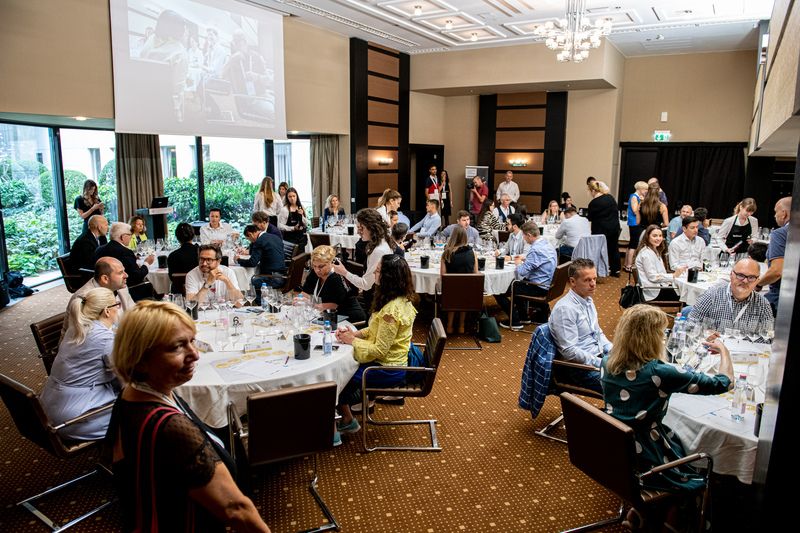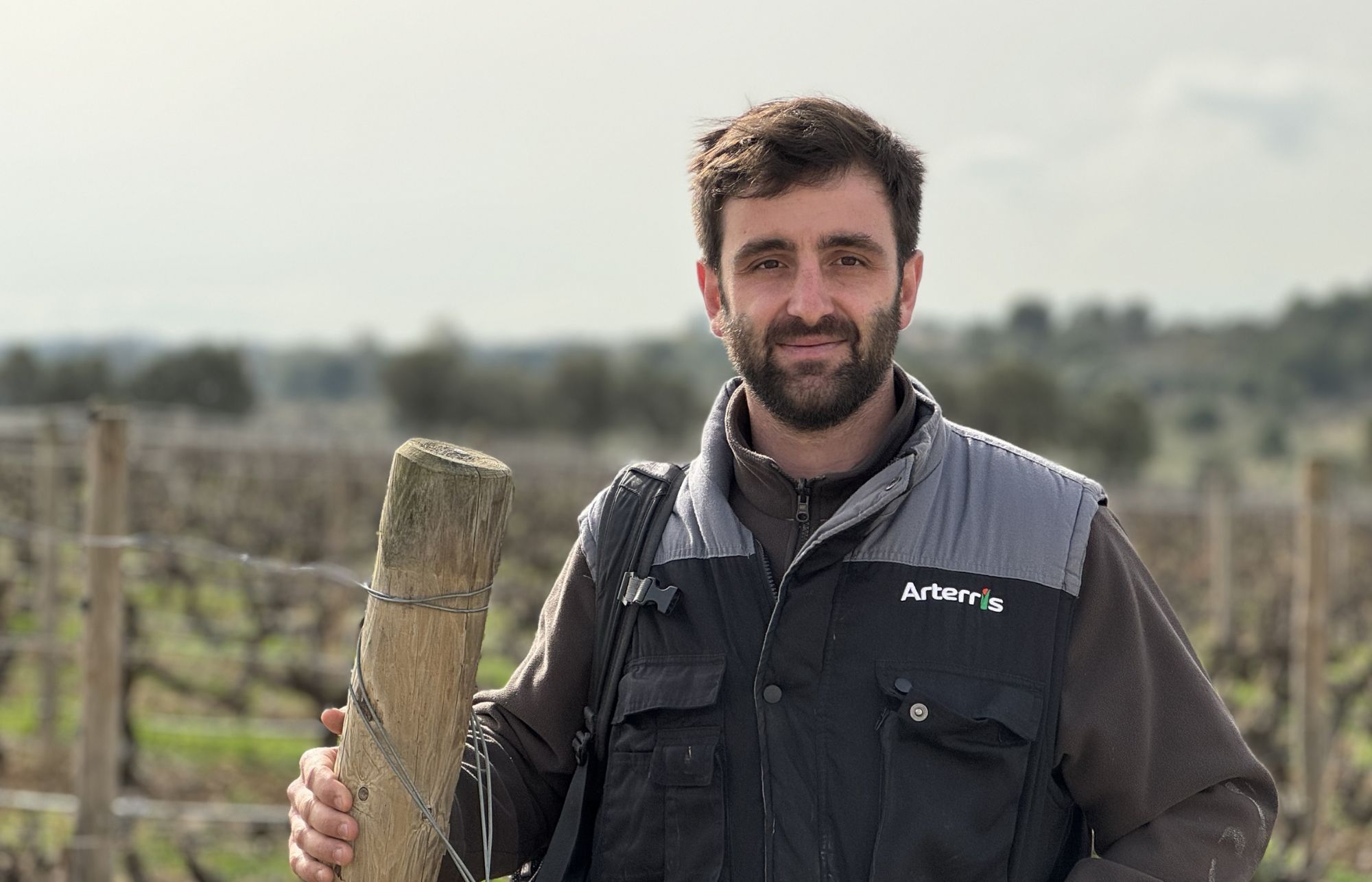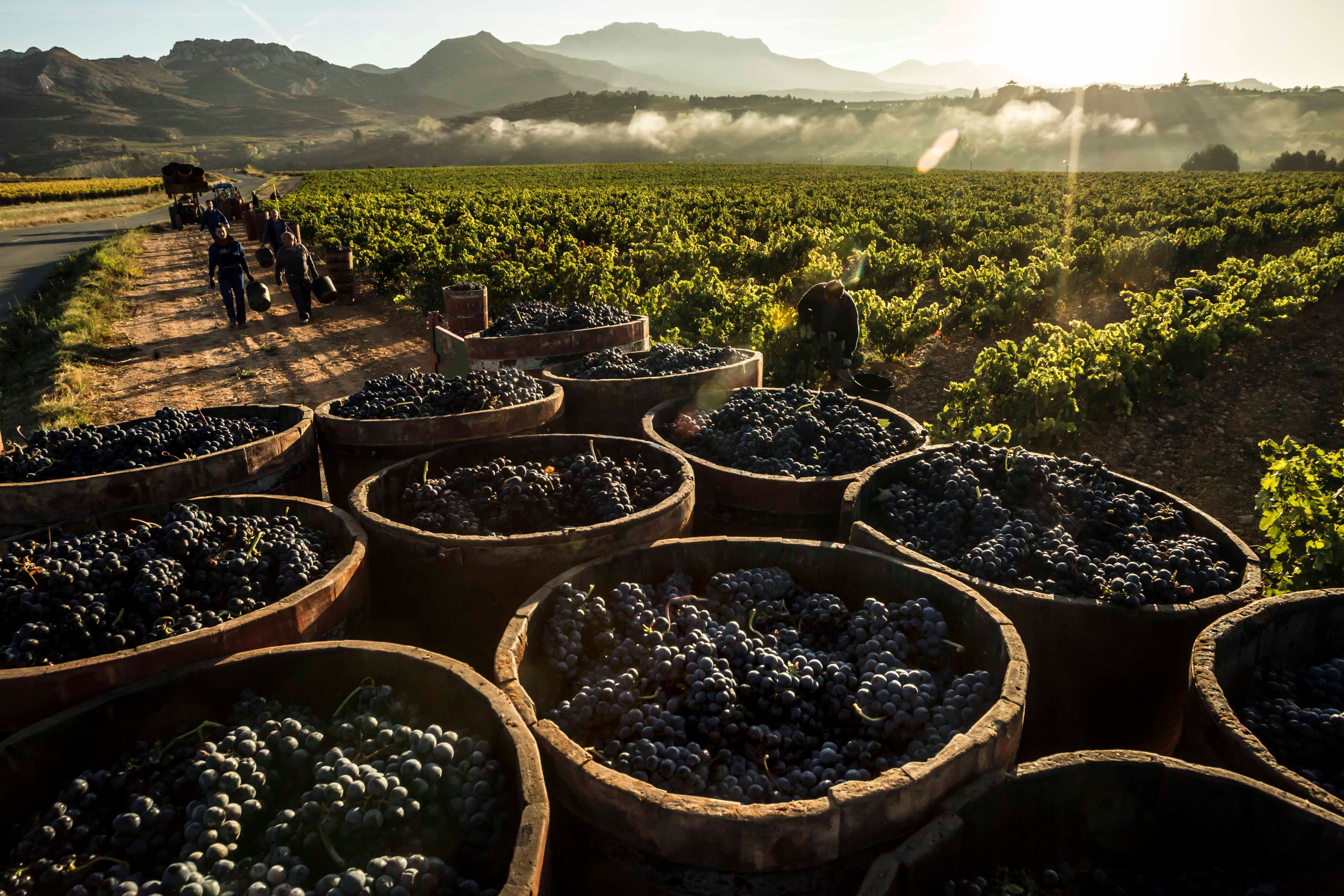Phil Crozier on why he is still so excited about the opportunity and possibilities for Argentine wine in the UK.

Phil Crozier: the inspiring figure for Argentine wine in the UK
To understand the success of Gaucho you have to start not with its world famous steaks, or its ground breaking, trendsetting wine list, but with its people.
For arguably the chief reason why Gaucho has been able to build itself up to be a chain of 14 restaurants in the UK and around the world, has been the way it treats its people, as much as its ability to deliver a quality piece of steak with the perfect wine to match.
Its ethos is very much about treating your own staff as well as they treat the customers they serve. An ethos that is not, let’s face it, as common across the premium on-trade as it should be.
By treating its people well, we mean both training and support to help them do their jobs in question better, but also as people, and feeling part of an overall team, not just one spoke in a very large wheel.
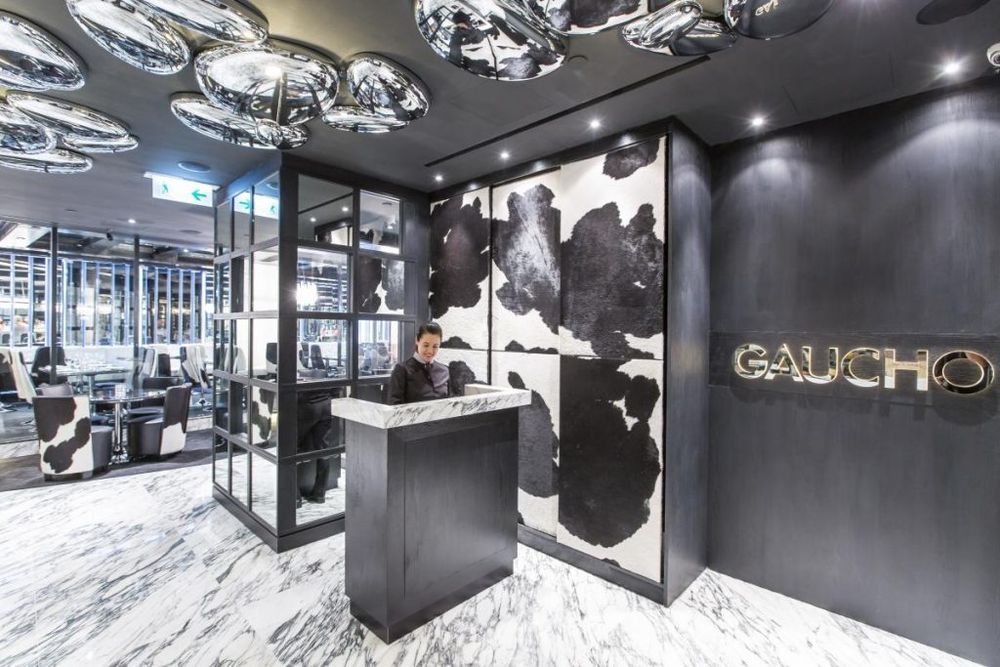
Gaucho sets out to treat its staff as well as its customers
Wine training
Central to that training is wine. Gaucho might be famous for its steaks, but, to its management team, what goes in to a customer’s wine glass is as important as the cut of meat on their plate.
Crozier has been central to how that wine training has been devised, improved and then implemented virtually since Gaucho first opened its doors on Swallow Street, Piccaddilly, in 1994. Wine training that is not just for its front of house and serving staff, but for all Gaucho employees whether they are peeling potatoes, marinading steaks or taking group bookings in the reservations department.
What’s more the wine training at Gaucho is not a one off, three day standard WSET course, but something that is part of the every day experience of working in the company.
As Crozier explains: “Every day we run a wine themed competition in our restaurants. Recently in our City restaurant we wanted to find a way to introduce different wines to our guests. So we ran a competition with all the front of house teams, including bartenders, hosts and receptionists, where they got points for selling certain wines.
“So it was 25 points for a Petit Verdot, 20 for a Cabernet France, and 20 for a super Malbec and nothing for a standard Malbec. The winning team got a night out with me at a Gaucho restaurant of their choice. It is about finding different ways to incentivise them, take them out of their comfort zones and instil a bit of competitive spirit.”
It is also an assured way of shining the spotlight on as many wines on its large wine list as possible. Crozier explains: “Our hosts might have a repertoire of around 20 to 25 wines that they know well. So every day we will open a bottle of wine and get them to promote that.”
Practical and relevant
Its wine training is designed to be as practical, relevant and easy to understand for all its various staff needs and skills. Rather than worry about where every micro winemaking region is in Argentina, Crozier expects his front line staff to “remember three words about each wine”.
Things they can easily remember and recall to help story of that wine to their customers.
It is the same approach with its meat training, which all staff also go through. But with wine it is how the wine complements the food the customer is likely to be eating with it.
“All our training starts with tasting wines against different cuts of meat,” says Crozier. “We show them how the bottom end of Argentina, and rump steaks, go with wines from Patagonia. Whereas fillets are better suited to the high acidity of wines from the Uco Valley and rib eye steaks, with all their fatness, need dark, intense, richer style of wines you find in Salta.”
All part of the theatre
Gaucho also uses wine as a way of giving its customers a small, special moment during their stay that they will hopefully take away and share with friends when they leave.
“Whatever we do in the restaurant is not about the now. It’s about preparing for the next time they come here,” says Crozier. “We don’t advertise Gaucho. We rely on word of mouth and recommendations from our customers. So we build the comp side of things, the free tastings of wine, or a glass for our regulars, in to our business plan. Those are the magic moments that hopefully make people want to come back and bring their friends.”
He adds: “We will take a taster of that wine to every customer at their table. It is part of our culture. It is the same when we take the beef board to each table. It is part of the theatre and experience of coming to Gaucho. It is also a great way to showcase our wine list with a different wine every day.”
Simplifying the complicated
But as Argentina’s wine has become more complex and complicated, it has thrown up a fresh challenge to Crozier and his team to make this easily understandable to its staff. The last two to three years, for example, has seen winemakers start to make wine in an ever wider range of new sub-regions and micro climates, all with their own distinct soil type, and story. There is no such thing as a straight forward Mendoza Malbec anymore.
So Crozier asks his staff to look first at what grapes are in the wine, whether they are from the north or south of the country and then at what height are they grown. Being able to explain and understand a wine in terms of those three key criteria will help tell the story of modern Argentina.
It is certainly a way to help them individually explain the differences between the 70 Malbec that are on Gaucho’s list. It is also how wines are described to customers on the list. Grape, location, climate and height.
Changing face of Argentine wine
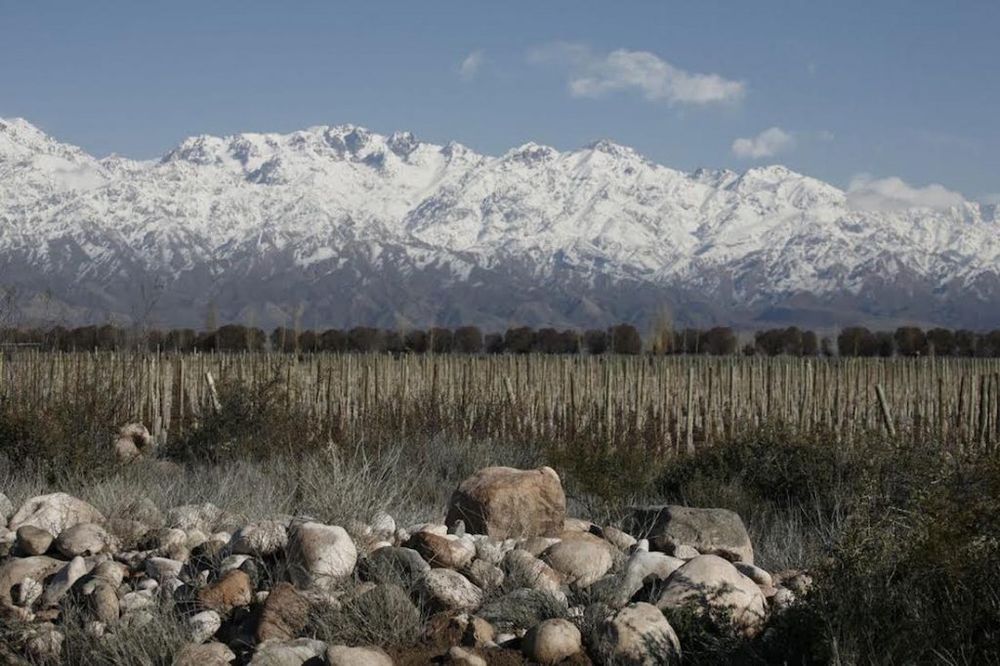
Gaucho has followed in the footsteps of Zuccardi, pictured, by planting vines in the Altamira region of the Uco Valley
Crozier has not only helped promote Argentine wine in the UK, he is now very much part of the winemaking scene with Gaucho now making and producing a large part of its own list, including, not surprisingly, its best selling wines.
In 2007 it bought just over six hectares of its own vineyards, Finca La Franca, at 980m in the Uco Valley.
Crozier says it is also an ideal opportunity to make wines that help its customers – and staff –better understand the types of wine now being made in Argentina.
For example it makes four of its own wines, each based on the different soil profiles from where they are made. Gravel; stone; limestone and sand.
That way customers can see the influence and impact different types of soil can have on the taste of a wine. So customers can order a flight of the four wines so that they can pick out their nuances for themselves.
Equally it has its Tiempo range where different wines have been made from grapes picked either earlier or later in the harvest. Again demonstrating how picking times can highly influence how the final wine tastes.
“We are also very keen to educate our customers about the changing face of Malbec. That there are still the big, bold Malbecs, but there also now the fresher, lighter, more refreshing styles being made.”
He is aware by making his own wine in Argentina he is putting himself under the fiercest of scrutiny. “Which is why we are very serious about the wines we make,” he says.
Hence he is ideally placed to see all the huge changes that have taken place in Argentina over the last five years, says Crozier. Changes that have had a dynamic impact on the overall quality of its wines.
He explains: “Argentina is one of the most exciting places in the world making wine. The speed of change is so fast as all the winemakers hang out together and share ideas. They are still discovering their soils and the right regions to make the right wine. It is amazing for me to have so much to talk about. But we have to keep going and banging on about it. From white and red blends, Semillon, Cabernet Franc, Petit Verdot, old vine Cabernet Sauvignon.”
Rock n’ Roll winemaking
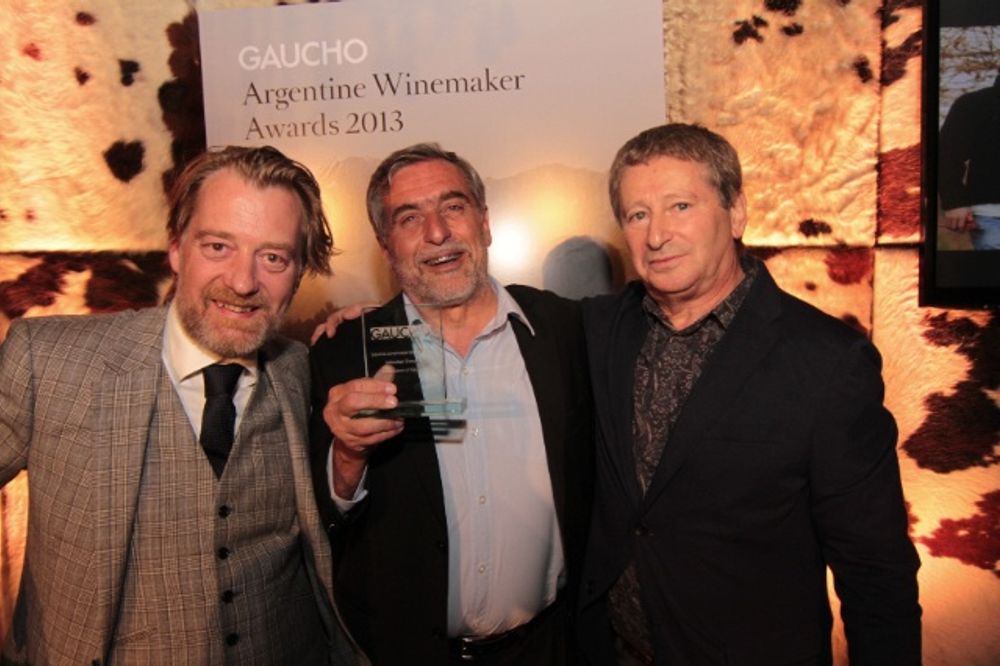
Crozier with award winning Sebastian Zuccardi and the Indpendent’s Anthony Rose at the Gaucho Argentine Winemaker awards
Changes that Crozier and Gaucho has been able to recognise and reward with its annual Gaucho Argentine Winemaker Awards.
Crozier believes the focus really should be on the new generation of winemakers, both old and young, who are taking Argentina to places it has never been before.
“We have seen this rock n’ roll status given to chefs, so why not winemakers?” he asks. “They are really rocking the boat with what they are doing.”
But Crozier is also quick to stress that it is not all about doing things differently. Argentina is still a relatively young winemaking country, and is collectively learning new things about how and where to make wine every year.
Exemplified by the huge steps that have been made in producing quality Cabernet Franc, particularly in parts of the Uco Valley, which has become synonymous with cutting edge Argentine wines. “We are seeing slightly green pepper, very aromatic, high acidity styles of Cabernet Franc that are fresh pure with a medium body,” he says.
Semillon is also coming to the fore from Mendoza to the Lujan de Cuyo in the northern Uco Valley.
He is also excited about the future of wines from Patagonia, particularly the ones being produced from old vines. They also offer a good contrast to the wines being made in and around Mendoza.
Gaucho’s wine offer has now developed to such a degree that it only sells wines that are exclusive to its restaurants. Be it wines it makes itself, or wines from producers and suppliers that start their life exclusively in Gaucho, and then might move on to other markets after an agreed period of time.
Word of warning…
So all looks bright, breezy and healthy for Argentina. In the main, yes, but Crozier also has this warning for buyers and Argentine wine producers. Don’t believe the hype and get carried away with the perceived success of Malbec, in particular. He is especially concerned about the huge volumes of cheap and cheerful Malbec that is now in the mainstream wine market.
“I used to say you can’t go wrong with Malbec. But Argentina needs to be careful about how many cheap Malbecs there are now, with Tango dancers on the label at cheap prices in the supermarket. How can you make a £5.99 Malbec? I hope the bubble on those Malbecs is going to burst.”
He is also aware of the backlash against Malbec amongst some sommeliers. “You only have to mention Malbec and they start to roll their eye. For some people Argentine Malbec is going the same way as New Zealand Sauvignon Blanc.” And not in a good way.
Buying outside Argentina
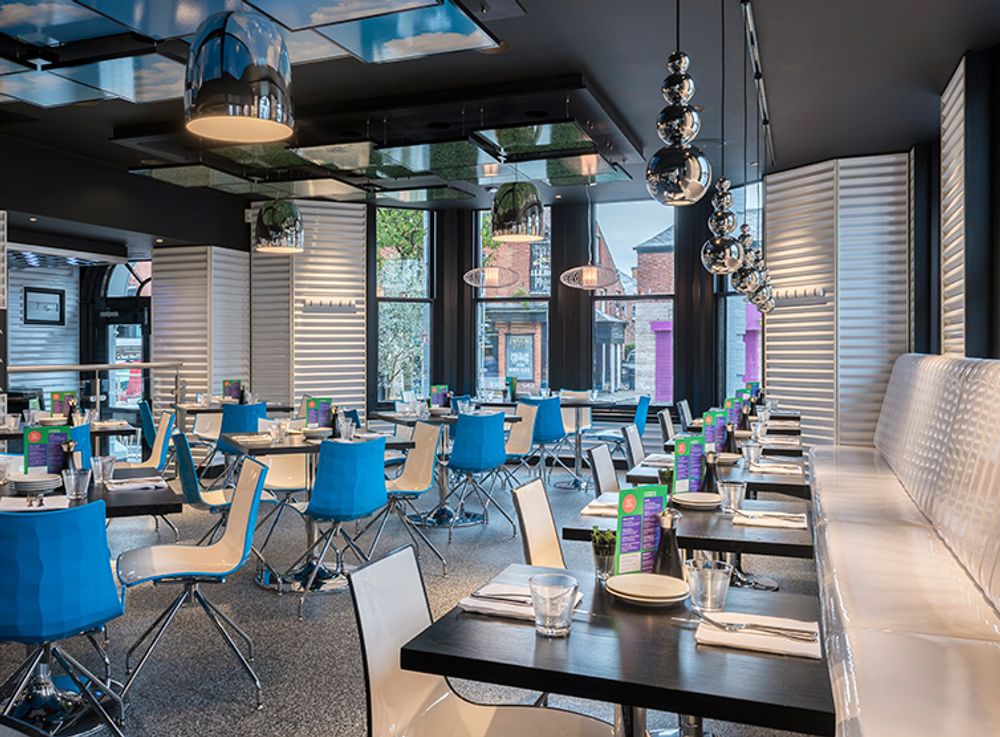
Cau has helped Gaucho take its Argentine model to the casual dining sector
In fact the quality benchmark that Crozier insists on means he is finding it increasingly difficult to list a house wine from Argentina, or a wine that can start at around £17.50.
So instead, he is for the first time looking to buy and list wine from Europe. Particularly for its Cau operation, which attracts a more casual dining customer base, who are looking to start their wine buying at around £15 to £17.
For wines that hit that price point Crozier is having to buy mainly from France, Spain and Portugal.
Which means Gaucho is now sourcing Malbecs from where they first came. The south west of France.
“It is very interesting for me. I am loving it. The quality of wine you can get, for example, from a region like Limoux is great. But a wine is a good wine wherever it comes from.”
With 20 Cau restaurants already in its estate, and a plan to open five to eight every year, then Crozier will be casting his net ever wider. For producers and suppliers. And not just Argentine specialists.
“This is a long term opportunity to work with producers and suppliers over the coming years,” he stresses. “We want to build those long term relationships.”
Relationships it already has with so many Argentine producers, some dating back to when Gaucho first started.
He says he has never been more excited about the future. Both as a buyer and as a winemaker.
“It would be very easy to sit back and say look at what we have done. But it is still all about making and buying great wines for the future.”

- You can see for yourself the new cutting edge wines from Argentina that are so exciting Phil Crozier at this week’s Wines of Argentina Barullo tasting. The event, which is open to the trade on October 25 and 26, promises to be a celebration of Argentine culture, food, wine and music. It will feature masterclasses and talks from six of the semi-finalists in this year’s Best Sommelier of the World competition plus 2 Michelin star food from Argentine chef, Mauro Colagreco.


